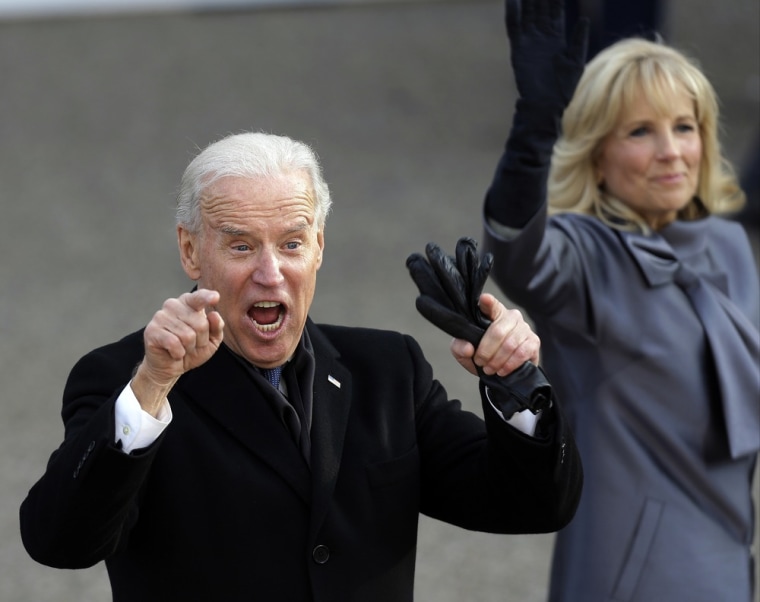OK, forgive me. I know that headline was sort of cheesy. But when you've spent the past few months working on a documentary on the business of death, you go for the cheap laugh whenever you can.

I've been to casket-manufacturing companies, funeral homes, mortuary science schools and the annual convention of the National Funeral Directors Association. You don't know fun until you've partied with 6,000 funeral professionals.
They were a sliver of the more than 130,000 people who work in what's come to be known as the "death care industry" – a $17- billion-a-year business in America. And what's the fastest growing part of it? Cremation.
Every year in America, 2.5 million people die. In 2011, the last year for which numbers are available, 42 percent were cremated, according to the funeral directors association. That's double the rate of just 15 years ago. In some states, largely in the West, the cremation rate tops 70 percent. In Washington, it's 72 percent; in Nevada, almost 74 percent. (The lowest rate of cremation, in case you need a great pick-up line, is Mississippi's, at 15.7 percent.)
Why Rates are Rising: Religion, Family and CostSo why the big jump in cremations? There are lots of reasons. One is the softening of the Catholic church's views of the practice. For centuries – until 1963, in fact – the church outlawed it. The church's laws still express a preference for burial. But the outright ban is a thing of the past and now, under some circumstances, bishops can permit a funeral mass with cremated remains present.
Another reason for the rise in cremations is the decline in nuclear families. As more Americans live far from hometowns and parents, and as family burial plots have waned in popularity and accessibility, millions have turned to cremation as a practical and cost-effective way to care for a loved one's remains.
But the main reason, as you might expect, is cost. Cremation is cheaper than burial. The average cost of a funeral today is about $6,500, including the typical $2,000-or-more cost of a casket. Add a burial vault, and the average jumps to around $7,700. A cremation, by contrast, typically costs a third of those amounts, or less. In a tough economy like the current one, cost counts – a lot. An edit.
Money Matters, Even in DeathWhat you pay depends in part on where you live and which additional products or services you buy from the funeral home or crematory. Prices tend to be higher in densely populated urban areas. And you will pay more – in some cases almost as much as a full burial with casket – if you contract with a funeral home for such ancillary services as hearses, visitations and viewings or memorial services prior to cremation.